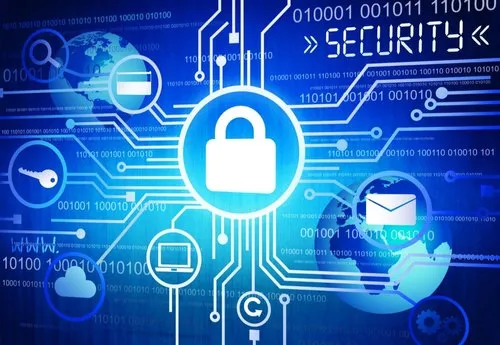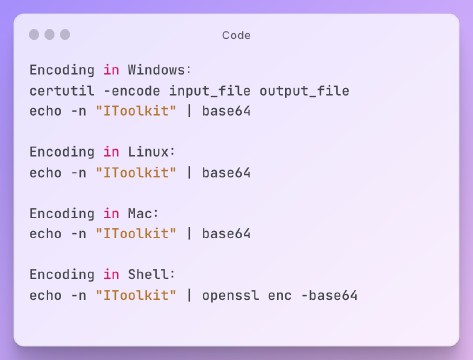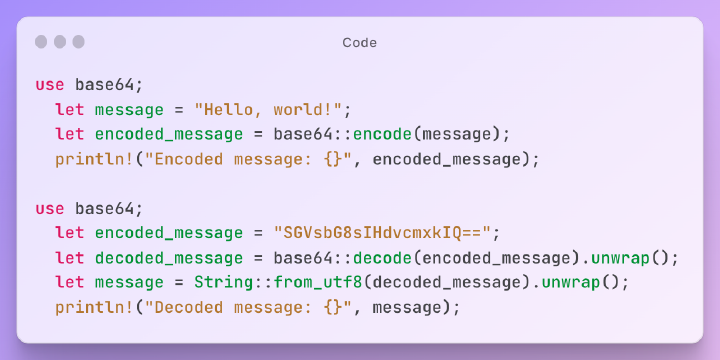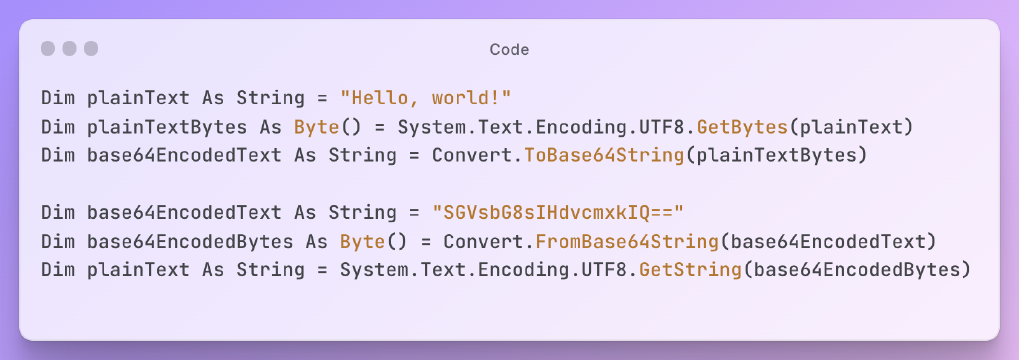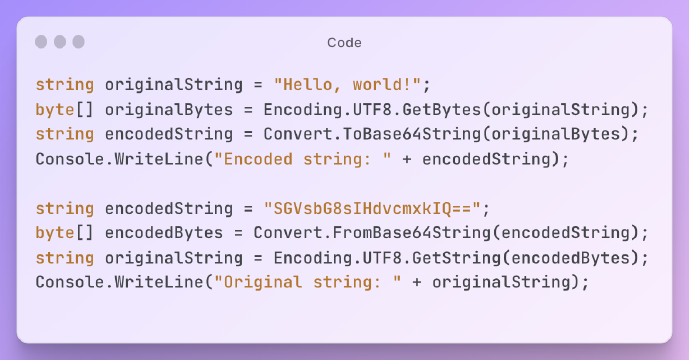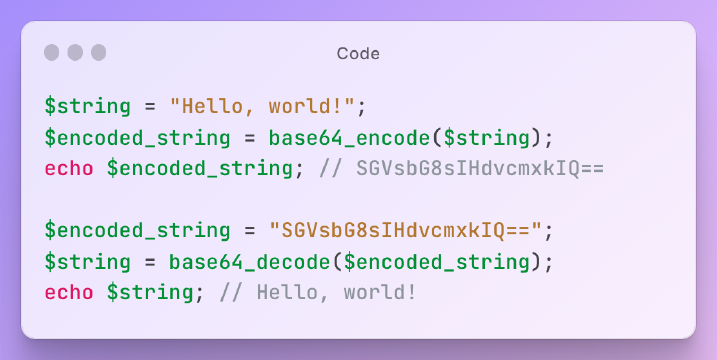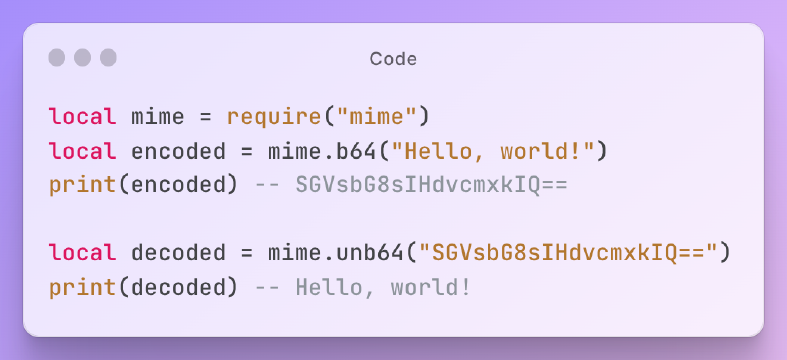Excerpt
Learn about the concepts of encoding and decoding, their importance in various fields, and how they work together in communication. Explore examples of encoding and decoding in everyday life and different fields such as computer programming, cryptography, data compression, and genetics.
Encoding and decoding are two fundamental concepts used across many fields like telecommunications, computing, cryptography and more. This article will explain what encoding and decoding mean, highlight their importance, discuss examples, and cover the relationship between these two processes that work together to enable communication.
Introduction
Encoding refers to the process of converting information from one format into an alternative format. Decoding is the reverse process of extracting the original information from encoded data.
Understanding encoding and decoding is crucial as these techniques are used in many aspects of modern communication, storage and technology. Whether it is sending an email, storing data in a QR code, or compressing multimedia - encoding and decoding power the translation of information in a form suitable for transmission and processing.
Understanding Encoding
Encoding involves converting information from its raw format into an encoded form suitable for onward transmission or storage.
The main purposes of encoding data are:
- To convert the information into standardized formats for communication, storage and processing.
- To allow transmission through media that only support particular data formats.
- To compress the data or optimize it for space and bandwidth constraints.
- To encrypt or protect confidential information from unauthorized access.
Some common examples of encoding in everyday life are:
Encoding text into standardized digital formats like ASCII and Unicode before transmitting emails, documents and websites.
Encoding multimedia content like images, audio and video into compressed digital data formats to create image file formats, MP3s, MP4s, etc.
Encoding human voices into optimized digital signals in voice over IP and cellphone networks.
Benefits of encoding information include allowing interoperability between systems, efficient transmission through bandwidth-constrained channels, and protection of data through encryption.
Tools like Base64 and URL encoders provide easy encoding of text into web-safe formats.
The following is the free online verification tools for you, come and try it out!
Exploring Decoding
Decoding refers to the process of extracting the original information from encoded data. It essentially reverses the encoding process.
The main role of decoding in communication is to:
- Convert encoded information back to formats understandable to recipients.
- Extract the original raw data from compressed and encrypted communication.
- Interpret meaning by parsing encoded instruction formats like machine code and programming languages.
Some examples of decoding in everyday use are:
- Decrypting encoded messages using the appropriate cryptographic keys.
- Scanning and decoding QR codes or barcodes to extract embedded information.
- Decompressing encoded multimedia files into usable formats for playback and editing.
Accurate decoding is crucial for correctly interpreting any encoded information senders wish to convey.
Tools like Base64 and URL decoders automate decoding of encoded text.
The following is a free online verification tool for you, come and try it out!
The Relationship Between Encoding and Decoding
Encoding and decoding are the inverse of each other and enable communication:
- Senders encode information into standard formats suitable for transmission.
- Encoded information travels through the communication medium.
- Recipients decode the encoded information to extract the original meaning.
For effective communication, both correct encoding by senders and accurate decoding by recipients are essential. Any gaps or errors in encoding or decoding can distort or lose the meaning.
Encoding and decoding work together to allow extraction of the same information that was originally encoded on the other end. Both processes are equally crucial for successful communication of meaning.
Encoding and Decoding in Different Fields
Various fields apply encoding and decoding techniques, including:
Computer Programming: Compilers encode programming languages into machine code, which is decoded into processor instructions for execution.
Cryptography: Plaintext messages are encoded into ciphertext for secure transmission, which authorized recipients decrypt/decode with a key.
Data Compression: Media data is encoded into compressed forms like MP3 and JPG, then decoded for usage like music playback and image viewing.
Genetics: DNA encodes biological data using nucleic acid sequences, decoded by organisms to synthesize essential proteins.
Challenges and Limitations of Encoding and Decoding
Some limitations include:
- Encoding errors like incorrect syntax or structure lead to decoding failures.
- Insufficient encoding lacks crucial details, causing data loss.
- Incompatible encoding and decoding algorithms prevent decoding.
- Errors in transmission corrupt encoded data before decoding.
- Unauthorized access to decoding keys allows data theft.
Careful encoding and transmission combined with robust decoding techniques are essential for reliability.
Conclusion
Encoding and decoding are complementary techniques used across communication systems, storage media, programming languages and more. Encoding converts raw information into standardized formats for transmission and storage. Decoding reverses this process to extract the original information.
Understanding encoding/decoding provides insight into how modern digital communications function. Robust implementation of encoding, secure transmission, and accurate decoding are essential for meaningful information exchange between senders and recipients.
